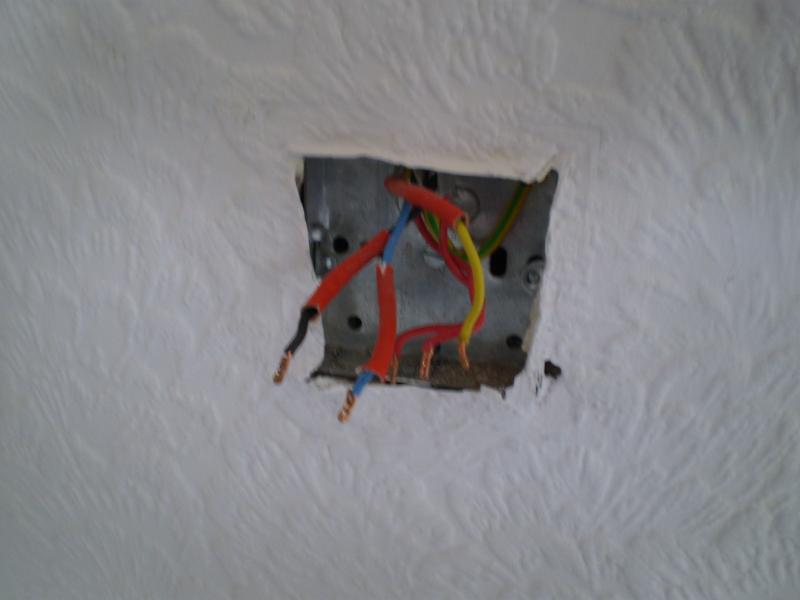I remembered to do a sketch of where/how the switch I was replacing was wired. Then removed the switch.
When I picked up the new switch, it was different!
See below
The blue with red sleve and black with red sleve went in at top of switch the two reds and yellow went at bottom yellow in right side.
The new switch below has four terminals at top and two below.
Sorry about the poor quality of the pictures.
Can anyone tell me how to wire the new switch please?
When I picked up the new switch, it was different!
See below
The blue with red sleve and black with red sleve went in at top of switch the two reds and yellow went at bottom yellow in right side.
The new switch below has four terminals at top and two below.
Sorry about the poor quality of the pictures.
Can anyone tell me how to wire the new switch please?



